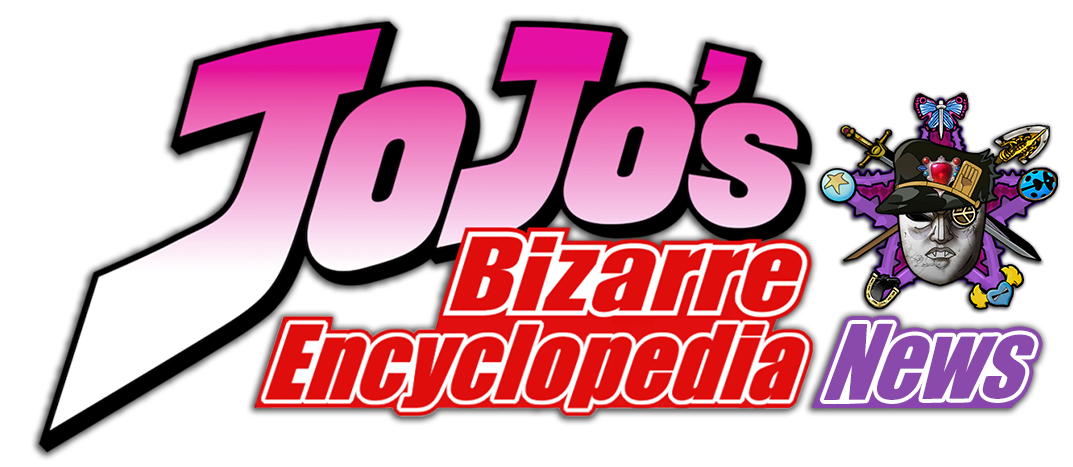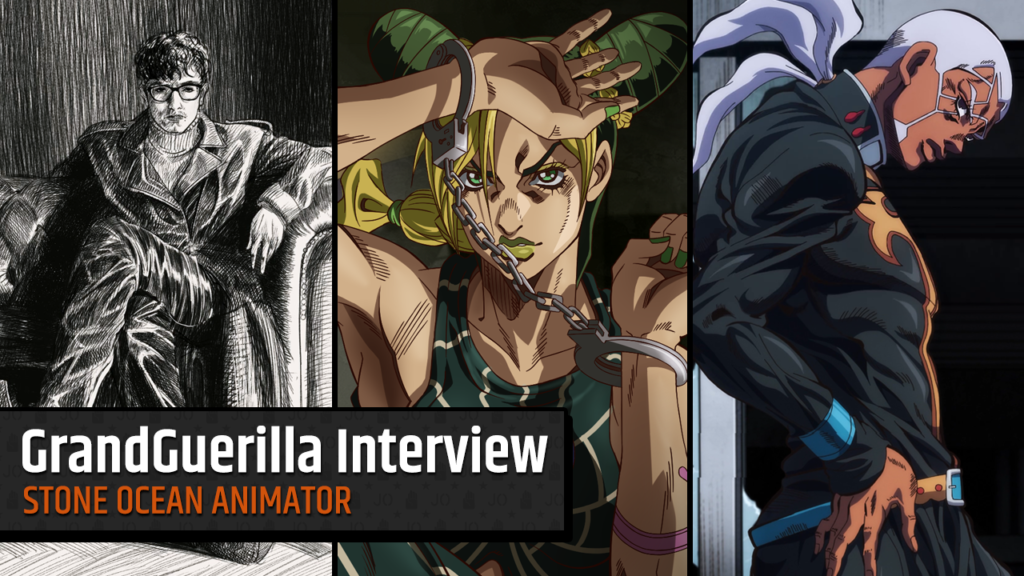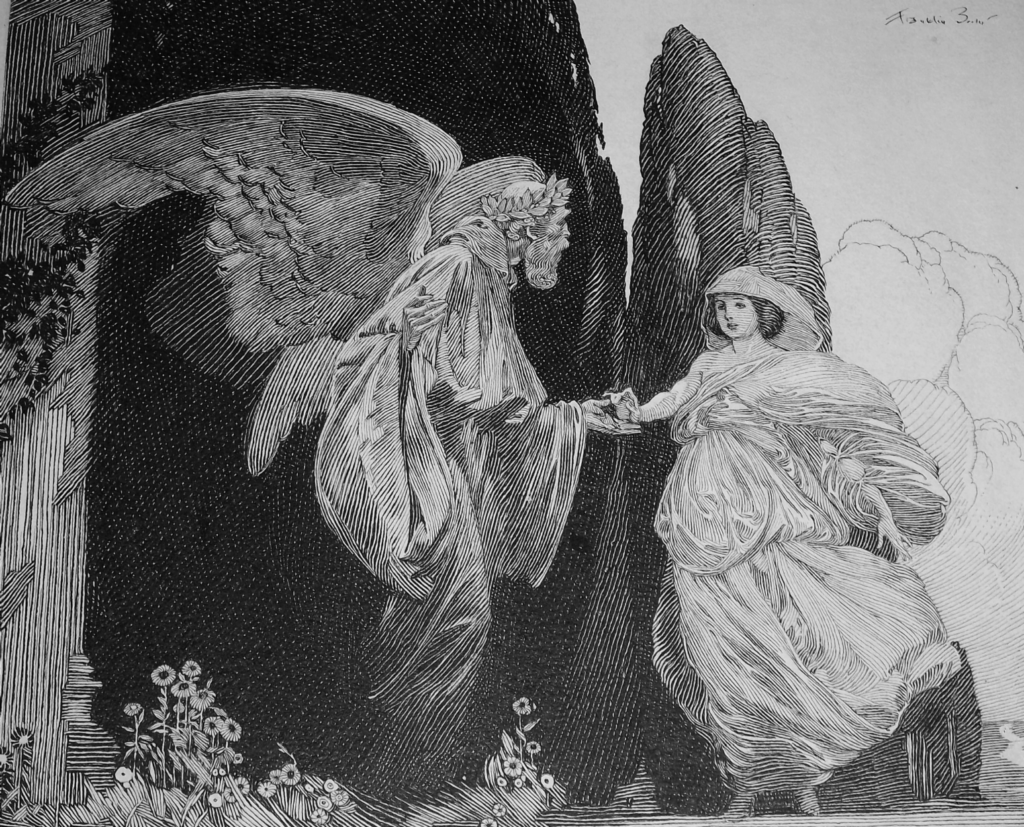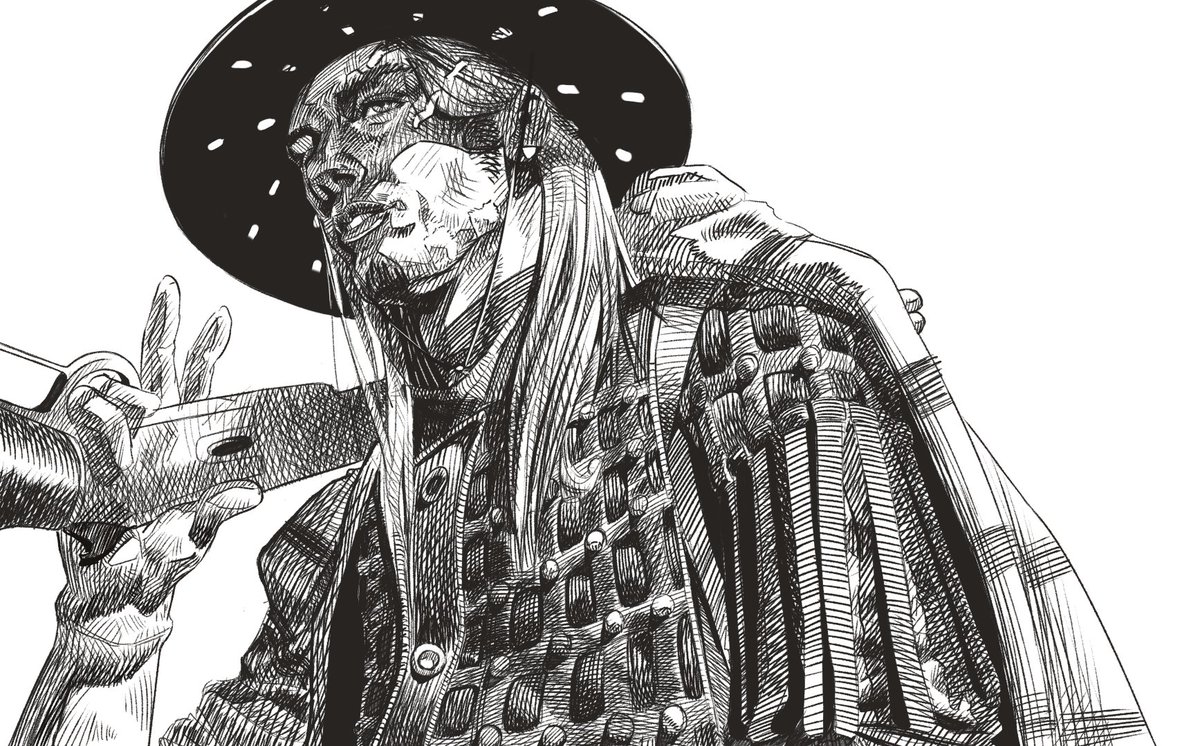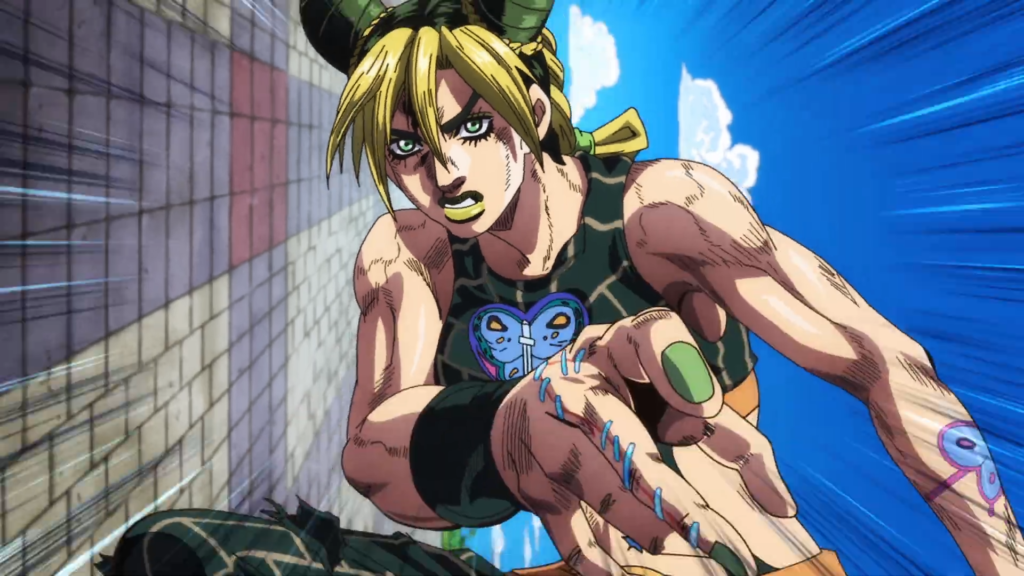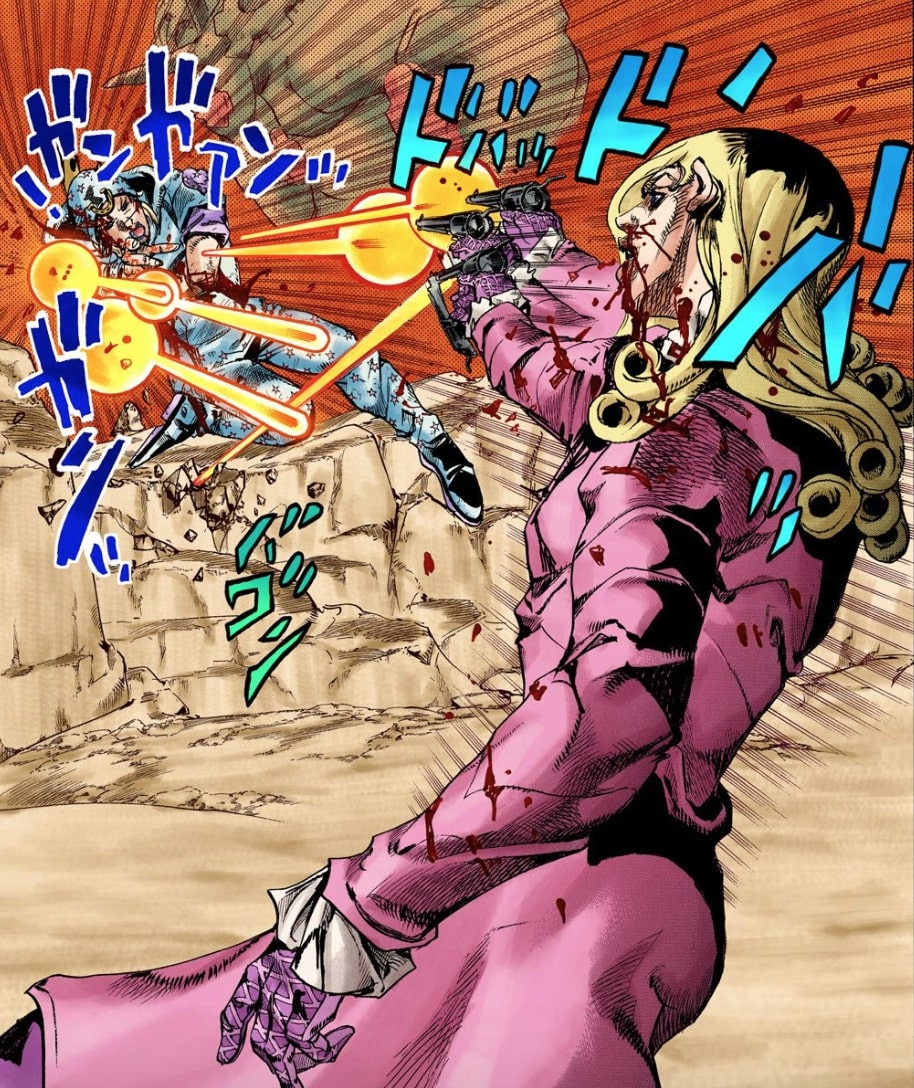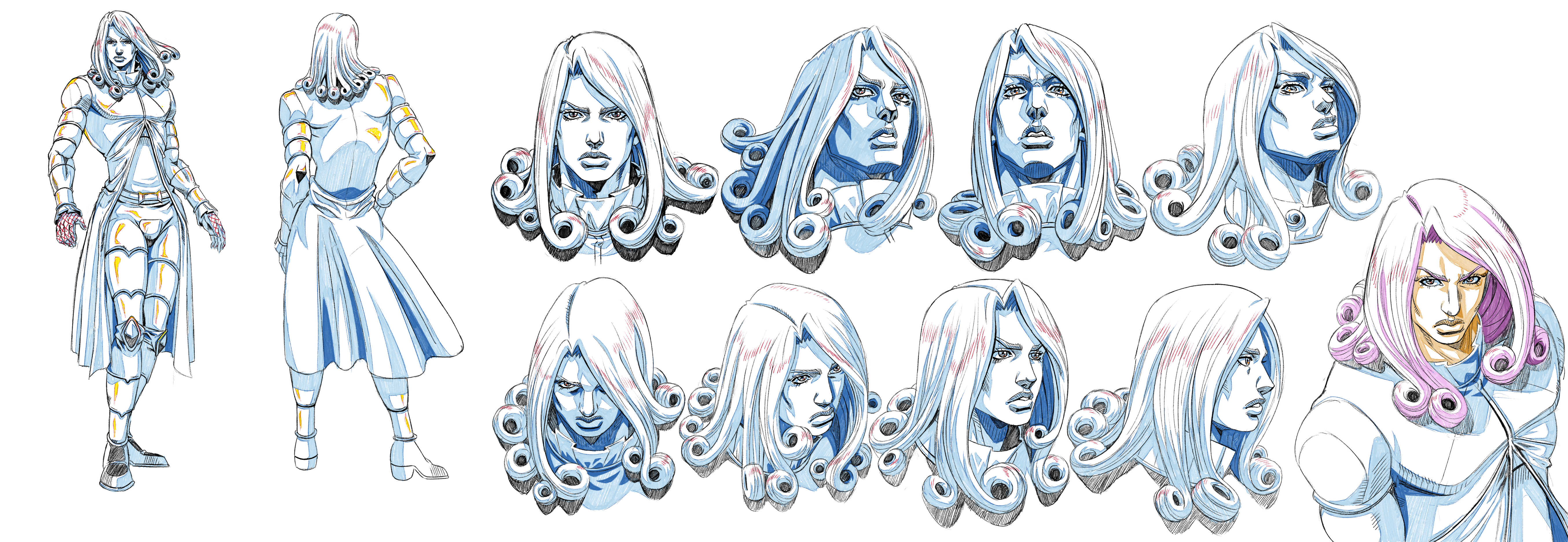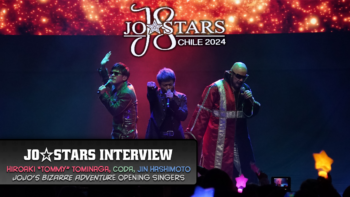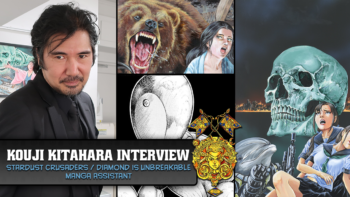About GrandGuerrilla
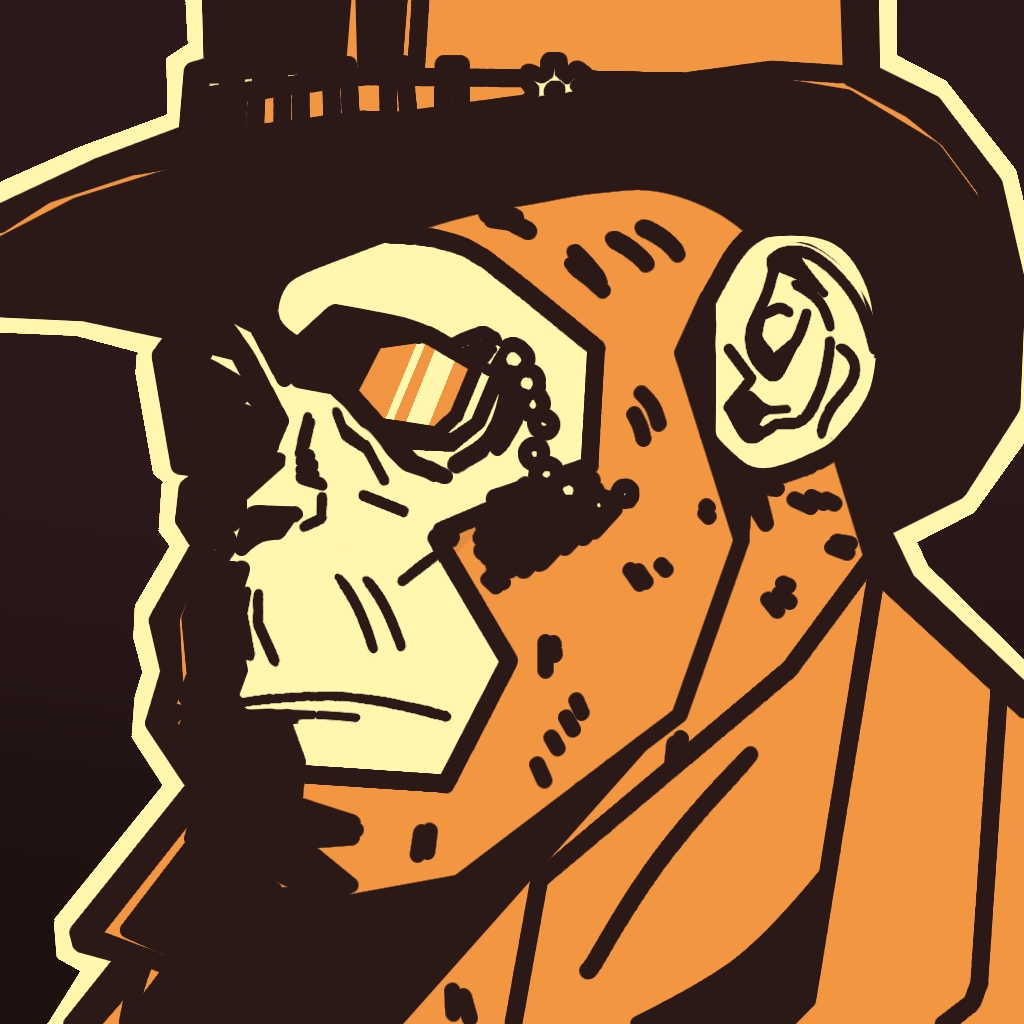
GrandGuerrilla is a freelance animator who was born on October 21, 2002. He is most known for his fan works for the JoJo’s Bizarre Adventure series, as well as more recently, his official work as an animator for the Stone Ocean anime.
He was contacted by a production assistant from RA Craft, an anime production studio that previously worked on Episode 23 of Stone Ocean. Despite having no former experience in the anime industry, the production assistant offered him a working position on Episode 34 of Stone Ocean. After successfully upholding and even surpassing the expected quality in his work, GrandGuerrilla was promoted to Chief Animation Director for the episode, becoming the first non-Japanese Chief Animation Director to work on the series.
Full Interview with GrandGuerrilla
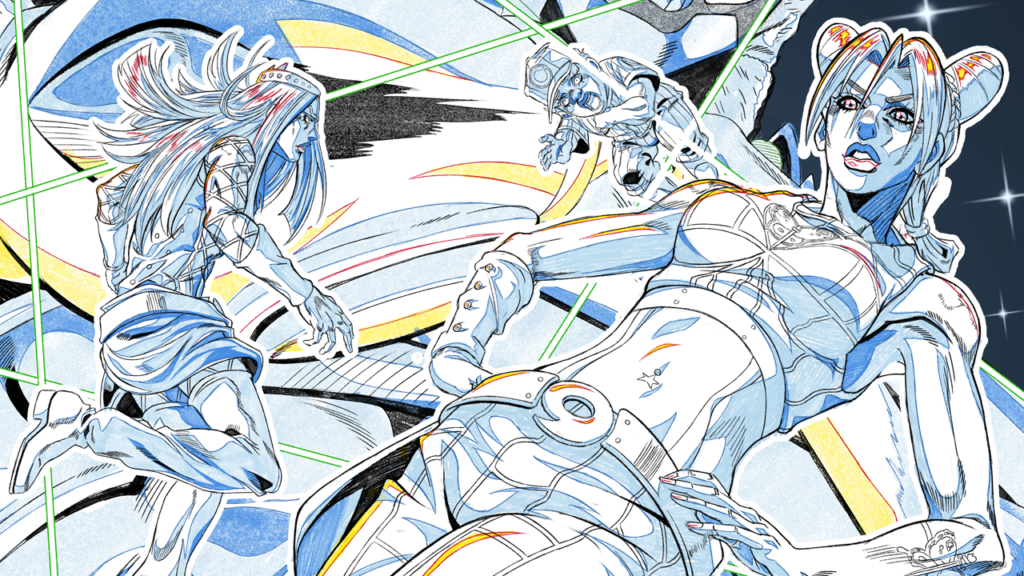
(Interview by Minedor)
Where are you from, and how did you become interested in art?
GrandGuerrilla: I come from Poland. I’ve been drawing since I was a child, although I only started taking a more serious approach to it roughly 4-5 years ago. When I was younger, I liked to recreate images in front of me. Basically drawing from reference. I think that might’ve partially led me to work on the show. Doing correction of frames is something like that. (laughs)
I’m overall a very art-centered person. I like a lot of mediums from that field. Aside from drawing, there’s also acting, singing, directing, comics, etc. I really enjoy working on group projects like that, especially as the lead role. I originally wanted to make a breakthrough with some of my personal art, focusing more on artwork that speaks to me. I haven’t abandoned that idea, and I’d like it to evolve into some sort of emotional animated short with powerful visuals like PUPARIA by Shingo Tamagawa. I love those sort of passion projects.
Do you see animation as an evolution of your art that can be used to express emotion?
GrandGuerrilla: I don’t have any strong feelings about animation like that. It’s definitely a powerful tool when combined with music and good direction. I think you should be able to convey all you need with a single strong image. Animation may be just an assistance to that. There are works that rely on stylized animation more than the artwork itself to convey a strong feeling or vibe. My favorite example of this is Mind Game by Masaaki Yuasa.
Since you mentioned having favorites, what are other things you like?
GrandGuerrilla: My favorite manga are Vagabond and Steel Ball Run. My favorite movie—in terms of animation, directing, and overall creativity—would have to be Mind Game again. My favorite pieces of animated media would have to be any of Satoshi Kon’s films, Prince of Egypt, and Magnetic Rose from the Memories series. One of my favorite artists is Franklin Booth.
Was Franklin Booth also your inspiration for getting into art?
GrandGuerrilla: One of the coolest aspects of the art world is how huge it is. Being an artist is like creating a character in a video game—where you decide how to develop it through an ability tree. You can go in a lot of different directions depending on the medium. Each one has its own branching styles. Being an artist relies on you taking inspiration from other artists also who take inspiration from other artists. It’s all connected like that.
As for my personal art, I’m not a painter or a sculptor. I gravitate more to black-and-white ink art. I like how artists in the past were able to portray hyper-realism through lines alone. One of the most famous inkers in history would be Franklin Booth. His style is majestic. Each line in his work is important. It’s not just messy hatching. Even though I admire his art, I don’t personally base my personal style on him. I more so lean into the works of Seung Eun Kim.
How did you get into the JoJo series and what made you start drawing fan art for it?
GrandGuerrilla: I was never into watching anime. On one school trip, my best friend showed me the first few episodes of JoJo while we were on the bus, and I was wowed by it. I really liked Jonathan and Dio and wanted to know more. To this day, I hold Phantom Blood in a special place in my heart. Jonathan is my favorite JoJo to draw.
As for starting drawing JoJo, it’s the same story as many other fans. I watched the show, started to read the manga, saw Araki’s art, and thought it was cool enough to replicate. At that time, I couldn’t really draw well and only recreated some images that I saw. I learned to draw through JoJo, which I wouldn’t recommend to anyone (laughs). If you’re an upcoming artist, learn how to draw realism first. Don’t try to learn from heavily stylized anime.
So beginner artists should improve their skills by drawing realism instead?
GrandGuerrilla: Right. You can gain some bad habits that can be hard to unlearn later. Referencing what I’ve said about artists learning from each other: Base your style on as many artists as possible.
How were you offered to work on the JoJo anime?
GrandGuerrilla: I was contacted by one of the production assistants from Ra Craft to help with the production of the JoJo episodes that were outsourced to them. They’ve previously done Episode 23 in the second cour.
Was the decision to work on the anime easy? Or did you have to think it over?
GrandGuerrilla: I instantly accepted it.
What episode did you work on, and what was your favorite scene to animate?
GrandGuerrilla: I worked on Episode 34. My favorite scene was probably the shot of Pucci from the trailer. Since it was just a pan up, I could go crazy with the detail. Although, most of my cuts ended up crazily detailed. No matter if they were animated or not.
How did you tackle drawing the more complex character designs?
GrandGuerrilla: Anasui and C-Moon were fun to draw. I like drawing JoJo characters with clear muscle definition. Emporio was also easy to draw. Jolyne, on the other hand, was pretty annoying. She might be my least liked JoJo to draw because of her detailed patterns, butterfly tattoo, and earbuns, that had to be drawn consistently in the anime.
Even then, I disliked drawing Stone Free a lot more. It was mainly because of the shoulder pads area. While the overall designs were made to be easy to draw in 3D space, the shoulder pads look like 2D stickers glued on top, making it difficult to visualize it from different angles.
What was your process of correcting key frames as a Chief Animation Director?
GrandGuerrilla: Well, first, a scene is drawn by a Key Animator. They’re the ones who actually animate the scene. Then, depending on the quality of the drawing, it gets corrected by an Animation Director who uses yellow paper. If even their correction isn’t perfect, then the Chief Animation Director (CAD) comes in and uses the green paper to correct their drawings.
In the production of a show, the CAD’s are normally decided from the beginning and are there for the entire show, giving it a consistent look. It’s a standard for the character designers to double as CAD’s since they’re the ones who know how to draw the designs the best. It’s the highest rank an animator can have on the project. It’s an important role.
Did the lack of an overseeing Chief Animation Director make your work harder to keep consistent, or was following the design sheets enough?
GrandGuerrilla: Yeah. The lack of involvement from the character designer didn’t impact me in any way. Not like I could even contact him directly. (laughs) I didn’t necessarily try to keep my art 1:1 with his designs. I included my own quirks to make them more appealing. Mostly adding more tones of shading and thicker line art.
If you got the chance to work on a Part 7 anime, are there any specific moments you’d like to animate?
GrandGuerrilla: There are a lot of moments I’d like to work on, especially later on. My dream job is to be able to correct the entire episode from the final encounter between Johnny and Funny Valentine.
It’s a very intense and dramatic scene with a lot of emotional build up. It’s my favorite moment in the entire series, and I’d like it to be done with the justice is deserves, which may be hard for most with how detailed the original artwork of the manga is.
You mentioned practicing realism. Do you have any other tips for beginner artists?
GrandGuerrilla: My go-to tip for beginner artists is to have fun first. It’s easy to lose motivation for learning how to draw when one approaches it from the dry academic point of view, such as drawing boring, simple shapes randomly in space, etc.
Most people have an image of what they want to achieve already in their head. So when the result looks super sloppy and not on the same level, they get annoyed. Try not to do that. Don’t focus on the results and focus more on the fun part of the process. It doesn’t have to be perfect, far from it. Go experiment. Check what works for you and, with time, slowly try to go out of your comfort zone. Never stick to the same gimmick, drawing the same thing over and over again. The fastest way to improve is experimentation, since then you constantly learn new things.
Will you continue to work in the industry on other non-JoJo series, or will you return to working on personal projects?
GrandGuerrilla: I’ll continue working in the industry. I plan to focus my career on it, especially with my luck and opportunity given. My goal is to become a specialist animator, akin to Hironori Tanaka. After that, I’d like to direct some of my own personal films.
For more examples of GrandGuerrilla’s work, see his wiki page or check his Twitter!
